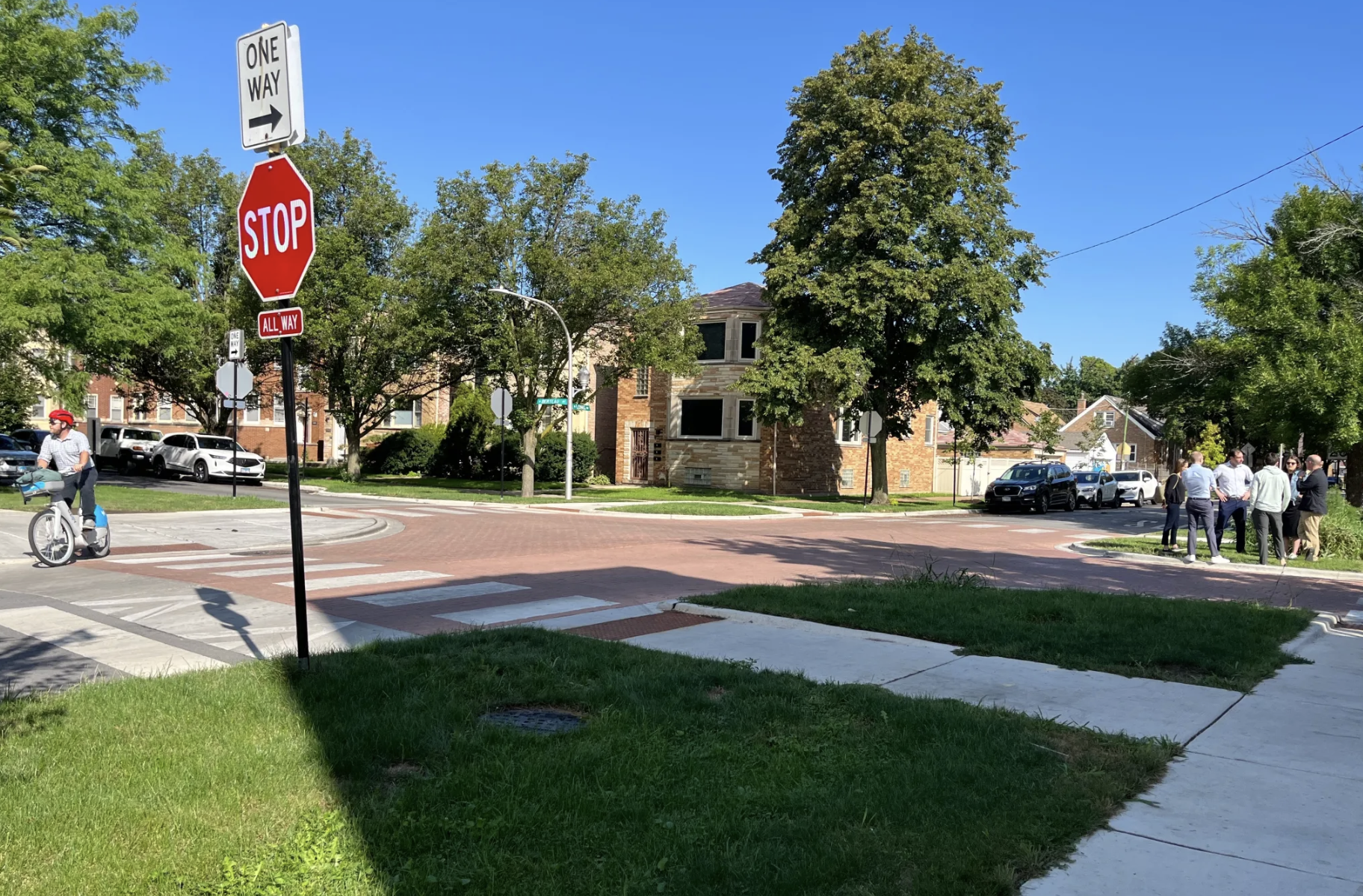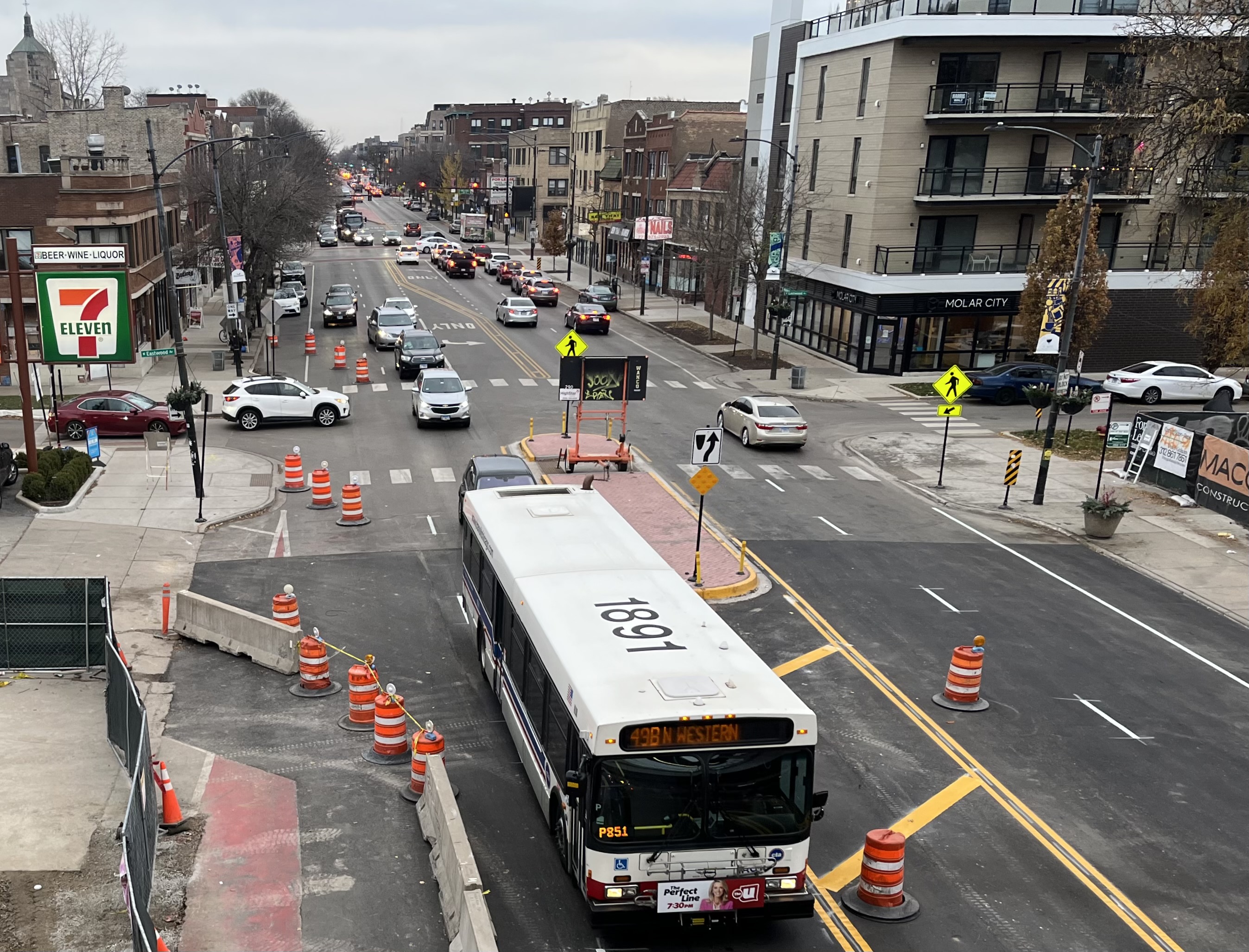It's not that unusual to see politicians approaching the problem of traffic congestion with a childlike simplicity. But Oregon gubernatorial candidate Bud Pierce's "solution" to eliminate gridlock in the Portland area might be the most infantile of them all. Pierce wants to add a lane to every major freeway in the region and "Presto!" -- problem solved. (You can watch Pierce make his pitch in the video at the bottom of this post.)

Freeways are of course subject to "induced demand" -- adding more lanes encourages more driving and has little effect on congestion in the long run. But Michael Andersen at Bike Portland decided to treat Pierce's proposal as more than a sound bite and give it a serious evaluation:
Just for the Portland area, let’s assume he’s talking about the four he mentions (Interstate 5 and 205, U.S. 26 and state Route 217) plus Interstate 84.
Using the Troutdale and Hillsboro city limits on the east and west, the Columbia River on the north and the I-5/205 interchange on the south, that comes out to about 86 miles of freeway.
The Victoria Transport Policy Institute puts the cost of “urban highway capacity expansion” at $8 million to $12 million per lane-mile including land, development and construction. It’s not clear how that handles difficult points like the $350 million one at the Rose Quarter, but let’s say $10 million per mile.
Let’s also assume that by “lanes” Pierce means “one new lane in each direction.” (Though expanding capacity in one direction only might actually be a novel approach to traffic control.) That brings the cost to $1.7 billion.
Pierce also mentions a new Columbia River Crossing. Let’s take the $2.75 billion projected cost of that project as of 2013 and assume that Washington’s legislature would pay for half of it even without light rail, as long as it also didn’t have tolls.
This gives us a very rough estimate of $2.7 billion to add one lane to every overland freeway in the Portland metro area, plus a new Columbia River bridge.
This isn’t beyond the realm of possibility. The four-cent statewide gas tax hike proposed last year would have brought in $103 million annually, and some of these freeway widenings could probably get federal matching grants.
There are still a couple problems with this plan, though.
One is that it raises taxes on people everywhere in Oregon but only widens freeways in Portland. Do all 308 miles of I-5 count as a “major freeway,” or all 371 miles of I-84? That’d at least quadruple the cost of Pierce’s plan, so maybe not.
By contrast, Portland famously built an entire city-wide bike network for less than the cost of a single mile of freeway. And today that network transports about 6 percent of city residents to work.
Elsewhere on the Network today: Copenhagenize reports that the city is updating all its traffic signals with "intelligent" technology that promises faster commutes for cyclists and transit riders. Spacing's John Lorinc says he'll get excited about Toronto's ambitious transit expansion proposal when he sees a plan to pay for it. And Twin Cities Sidewalks captures photos of people sitting on things that aren't chairs.





